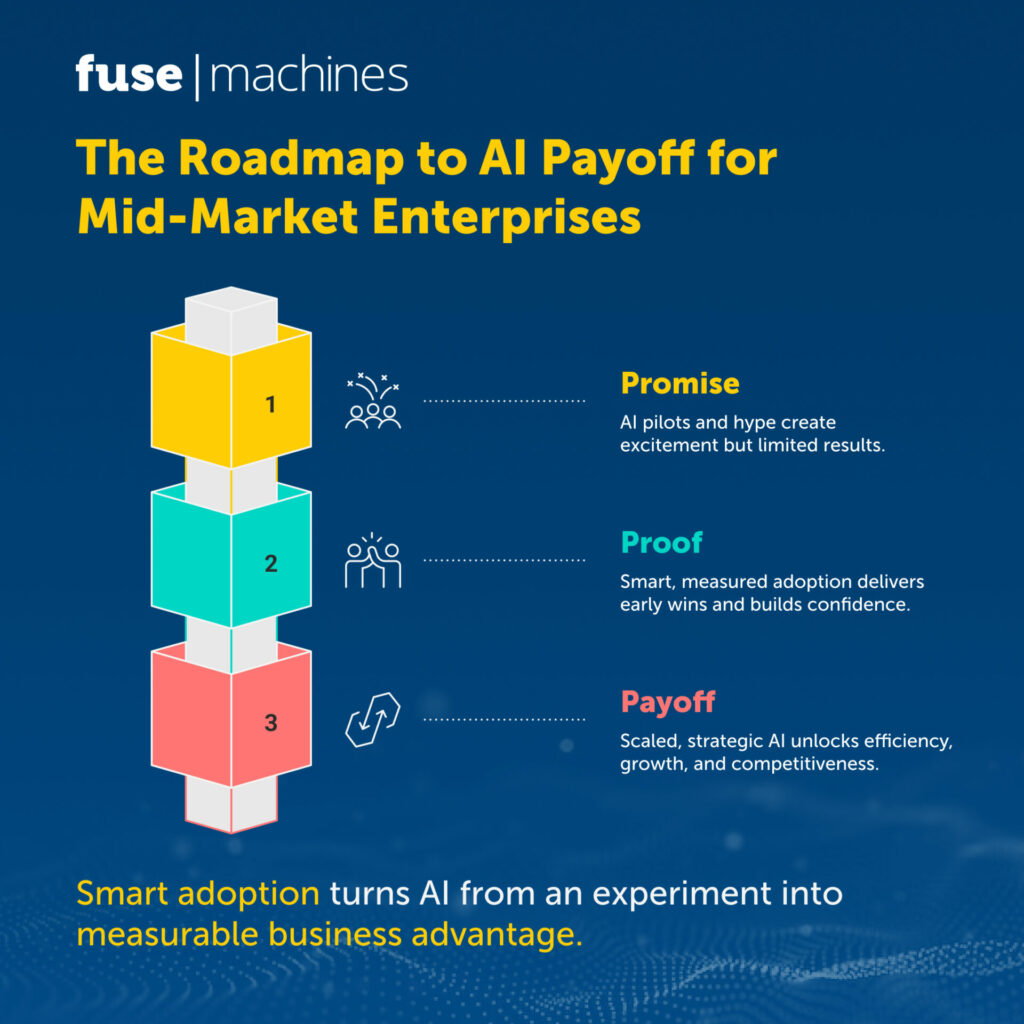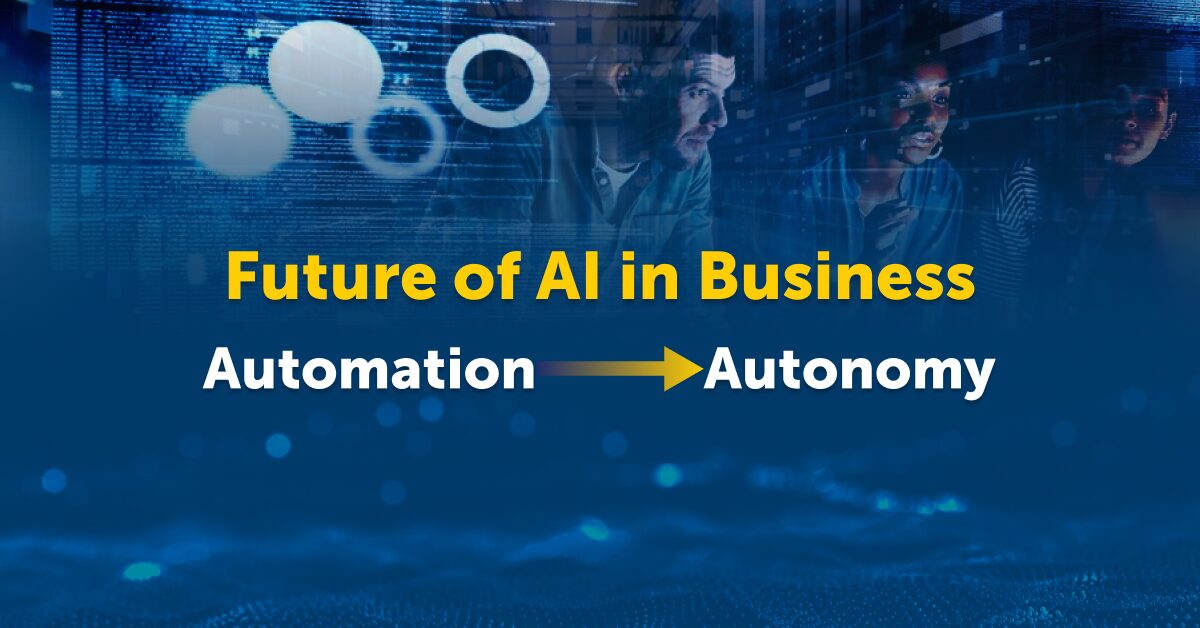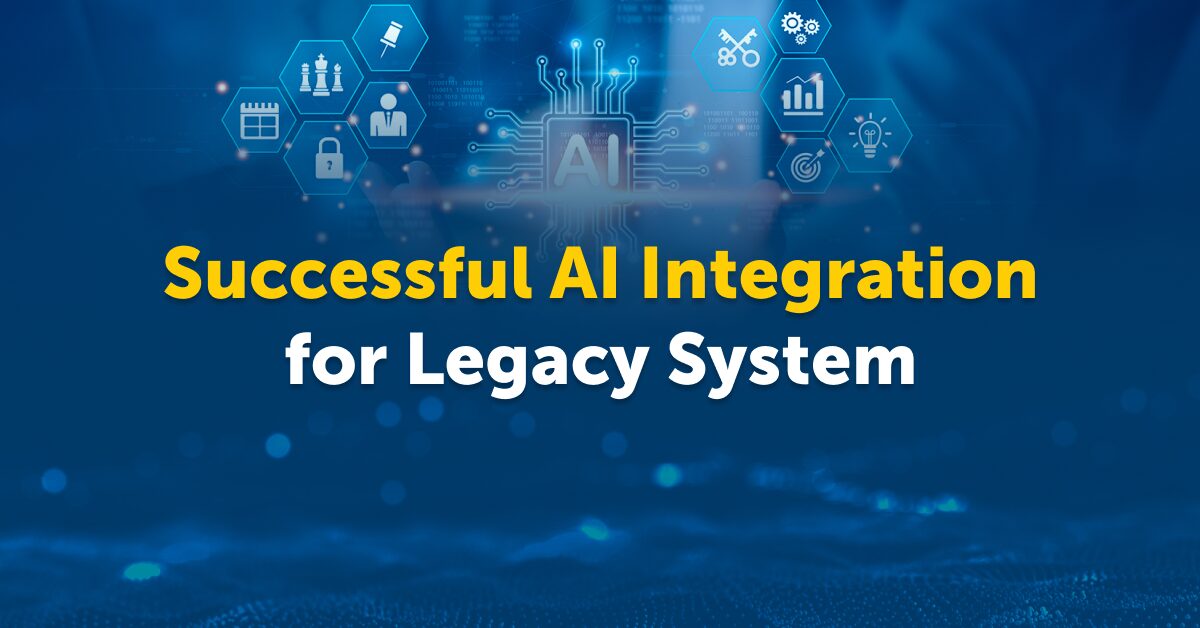Turning AI Promise into Payoff for Mid-Market Enterprises

AI has become one of the most discussed technologies in the business world. For mid-market enterprises, the potential is exciting. Leaders hear about AI transforming global companies, reshaping industries, and unlocking unprecedented efficiencies. Yet when these same leaders try to bring AI into their organizations, the results are often mixed.
Many mid-market companies start with pilots, proof-of-concept projects, or experimental initiatives that generate interest but rarely scale. What begins as a bold promise of efficiency and competitive advantage too often stalls before reaching measurable business payoff.
The reason is not a lack of ambition. Mid-market enterprises sit in a unique position. They are large enough to face complex challenges that demand innovation, yet they do not have the almost unlimited resources of Fortune 500 giants. They must make every investment count, balancing growth and efficiency with risk management.
This insight piece examines why mid-market enterprises struggle to turn AI promise into payoff, highlights proof points where adoption has worked, and offers a roadmap for scaling AI into a measurable business advantage.

Want guidance from an AI expert on how to implement AI in your business? Contact Fusemachines today!
The AI Promise in Mid-Market Enterprises
For mid-market organizations, the value proposition of AI is clear.
- Efficiency gains: Automating manual workflows, streamlining processes, and reducing time spent on repetitive tasks.
- Smarter decision-making: Using predictive analytics and real-time data to guide executive decisions.
- Customer engagement: Personalizing experiences, improving service responsiveness, and building loyalty.
- Revenue growth: Enabling new product lines, opening digital sales channels, or improving pricing strategies.

These promises directly address the pressures mid-market enterprises face. They need to stay lean to compete with large enterprises, but they also need to innovate faster than smaller disruptors. AI seems like the answer.
However, many leaders soon discover that the path to results is not straightforward.
Why AI Adoption Stalls in the Mid-Market
AI adoption challenges are not identical across all company sizes. Mid-market enterprises face constraints that create unique barriers to payoff.
Limited Budgets and Resources
Unlike large enterprises, mid-market businesses cannot afford endless experimentation. A failed project represents a significant financial setback. This leads to caution, often causing AI initiatives to remain small and fragmented.
Legacy Data and Siloed Systems
AI systems require clean, unified, and accessible data. Yet many mid-market firms rely on legacy IT systems and operate with disconnected data silos. Integrating and modernizing this infrastructure can be more complex than implementing AI itself.
Talent Gaps
Top AI talent is expensive and highly competitive to hire. Mid-market companies often lack the internal expertise needed to design, train, and scale AI systems. Outsourcing can help, but external partners may not fully understand the enterprise’s specific business needs.
Short-Term ROI Pressures
Mid-market executives are often under pressure to demonstrate fast results to boards, investors, or leadership teams. This focus on immediate ROI leads to choosing use cases based on hype rather than long-term strategic alignment.
Cultural and Organizational Resistance
AI adoption is not only a technical challenge. It also requires cultural alignment. Employees may fear automation or distrust AI-driven decisions. Without change management, adoption efforts can stall before reaching scale.

Want guidance from an AI expert on how to implement AI in your business? Contact Fusemachines today!
Proof: Where Smart Adoption Works
Despite the challenges, mid-market companies that adopt AI strategically have seen strong results. The difference lies in choosing the right starting points and setting realistic expectations.
Customer Support Automation
AI-powered chatbots and virtual assistants can handle common queries, reduce wait times, and free up human agents to focus on complex interactions. For a mid-market enterprise, even a modest reduction in call center costs can translate to significant savings.
Demand Forecasting and Inventory Optimization
AI models can predict demand more accurately, helping mid-market retailers or manufacturers reduce stockouts and minimize excess inventory. This not only lowers costs but also improves customer satisfaction.
Compliance and Document Management
AI tools can scan, categorize, and monitor compliance documents faster than human teams. Mid-market financial firms, healthcare providers, and insurers have used these solutions to reduce risk and free up staff capacity.
Process Efficiency and Cost Reduction
Robotic process automation combined with AI can speed up back-office workflows like invoice processing, procurement, or HR onboarding. Mid-market enterprises that adopt these tools often see measurable efficiency gains within months.
These proof points demonstrate that payoff is possible when adoption is measured, strategic, and focused on high-impact areas.
Building the Roadmap to AI Payoff
To move from promise to measurable results, mid-market enterprises need a structured roadmap. The following steps outline how to turn AI into a true business advantage.
1. Identify Business-Critical Use Cases
Not every process benefits from AI. Mid-market leaders should focus on areas where AI can create visible impact, such as customer retention, supply chain efficiency, or compliance automation. Prioritize use cases that align with strategic goals rather than chasing hype.
2. Start with Manageable Pilots
Launching smaller projects that tie directly to business outcomes allows mid-market enterprises to demonstrate value early. For example, a pilot that reduces call center response times or lowers compliance costs creates evidence that can justify scaling.
3. Establish Data Readiness
Without reliable data, AI will not deliver results. Enterprises should invest in integrating and cleaning existing data systems. Building a strong data foundation makes future scaling faster and more efficient.
4. Upskill Teams or Partner with AI Providers
Since mid-market companies often face AI talent shortages, they can address the gap by upskilling current employees and partnering with AI service providers. This approach ensures both technical capability and industry-specific expertise.
5. Measure, Iterate, and Scale
AI is not a one-time project. Leaders should define clear metrics for success, measure outcomes, and adjust strategy as needed. Once initial pilots deliver results, enterprises can expand into additional functions with greater confidence.

Want guidance from an AI expert on how to implement AI in your business? Contact Fusemachines today!
The Payoff: Scaling AI for Competitive Advantage
When AI is scaled strategically, the payoff for mid-market enterprises is significant.
Efficiency at Scale
Processes that once relied on manual effort can be automated across the organization. This frees employees to focus on higher-value work while lowering operational costs.
Smarter and Faster Decision-Making
AI systems provide executives with real-time insights, enabling better forecasting, resource allocation, and strategy planning. Decisions that once relied on instinct now benefit from data-driven intelligence.
Customer-Centric Operations
Personalized recommendations, predictive service models, and AI-powered engagement tools create customer experiences that rival those of larger competitors.
New Revenue Opportunities
AI enables mid-market enterprises to develop new services, expand digital offerings, and experiment with innovative business models.
Competitive Positioning
Perhaps the most important payoff is staying competitive. As more companies adopt AI, those that do not risk falling behind. Scaled AI adoption ensures that mid-market enterprises can operate at the speed and efficiency of larger peers without overextending resources.
Bottom Line: From Experiment to Advantage
For mid-market enterprises, the question is no longer whether to explore AI but how to move from limited pilots to measurable payoff. The journey requires strategic use case selection, data readiness, careful scaling, and cultural alignment.
Smart adoption turns AI from a buzzword into a business advantage. Mid-market leaders who act now will not only improve efficiency and ROI but also position their companies to compete effectively in a future where AI-driven operations are the standard.
At Fusemachines, we believe in democratizing AI, making its benefits accessible to businesses of all sizes, including those in the mid-market. By focusing on strategic adoption and measurable results, mid-market enterprises can transform AI promise into sustainable payoff.

Want guidance from an AI expert on how to implement AI in your business? Contact Fusemachines today!


